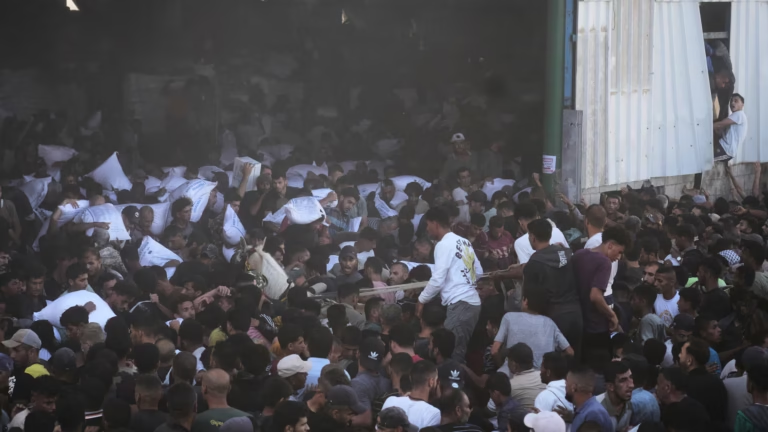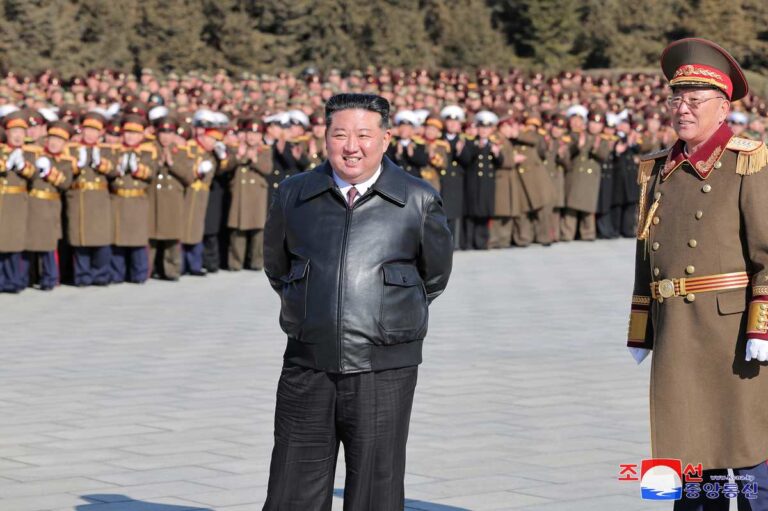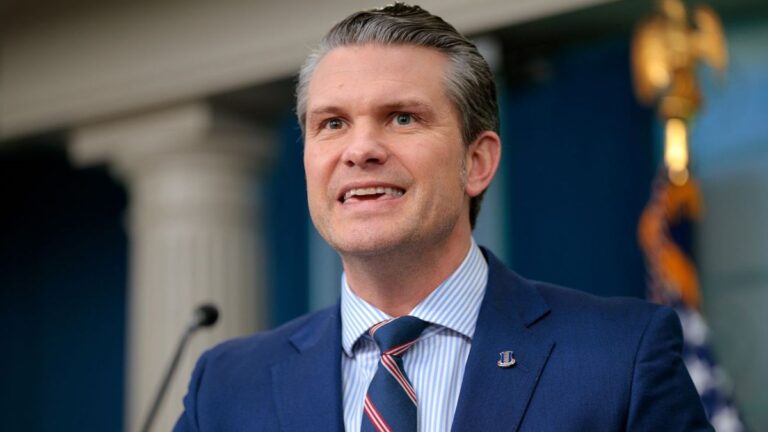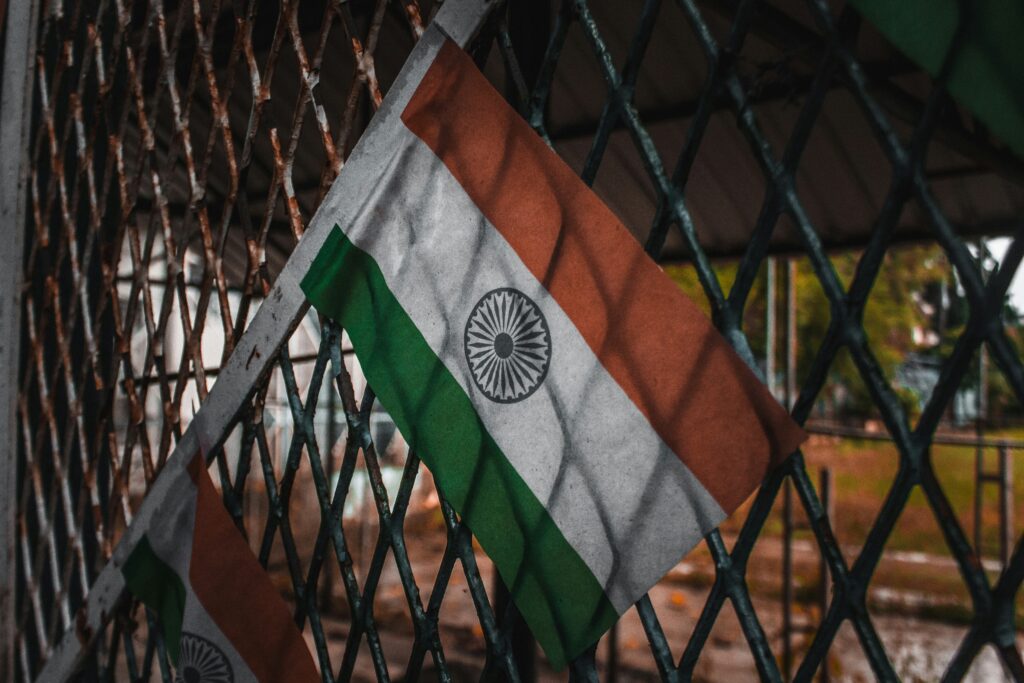
Introduction
When tragedy strikes, it often exposes facets of our society that require urgent reflection. The story of an Indian teacher, cruelly taken from this world and subsequently falsely labeled as a “terrorist,” is one of those moments. This article explores the multifaceted layers of this case, from its impact on the teacher’s family and community to the broader implications for justice, media ethics, and the fight against misinformation.
By understanding this case in depth, we not only honor the memory of the teacher but also examine the lessons it holds for protecting the integrity of individuals and communities in the digital age.
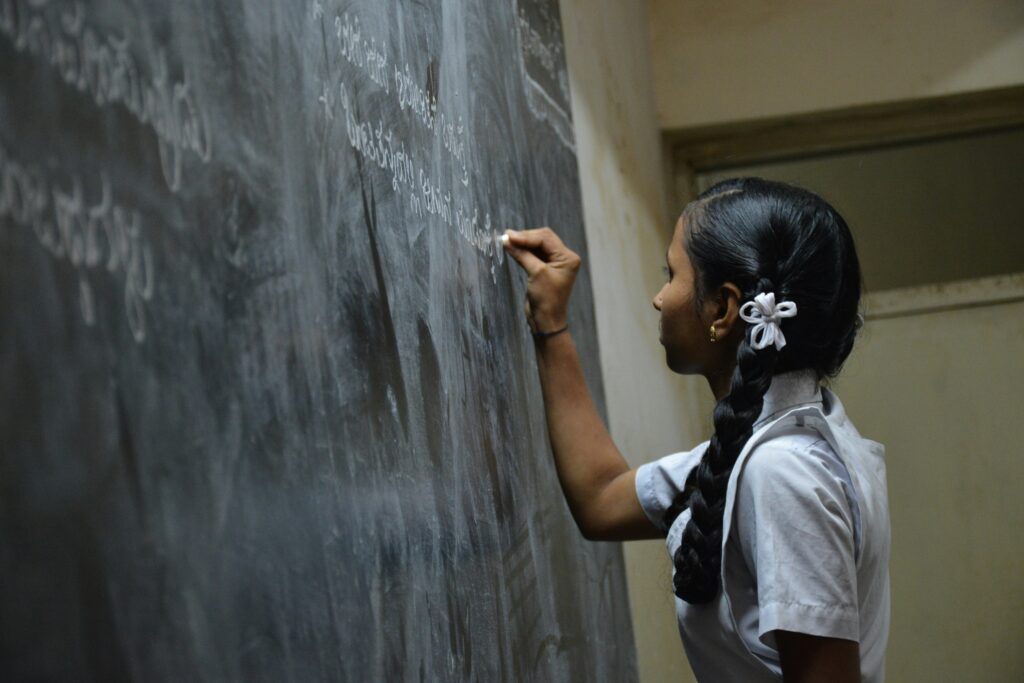
Background of the Teacher
The teacher at the heart of this story was more than an educator. He was a community builder and a mentor dedicated to shaping young minds. Known for his kind demeanor, innovative teaching methods, and unwavering commitment to social causes, he was a beloved figure in his town.
From coaching students for competitive exams to organizing charity drives for underprivileged communities, his actions consistently inspired respect. He had no criminal record and was widely admired for his contributions to society.
The Incident
Tragedy struck on a seemingly ordinary day. Eyewitness accounts reveal that the teacher’s life was violently taken in an event surrounded by confusion and misinformation. While initial reports were unclear, news spread quickly, distorting details and fueling speculations about him.
He became the victim of what many described as a perfect storm of chaos, miscommunication, and deeply entrenched prejudice.
False Allegations
Within hours of the tragedy, whispers about his involvement in suspicious activities began. Soon, the narrative shifted entirely, labeling the teacher a “terrorist” without an iota of evidence. But what fueled these allegations?
Several contributing factors surfaced. First was the reliance on biased assumptions rather than facts. Then came the amplification of unverified claims on social media. The result was a damaging cascade of misinformation that wrongly tarnished a man’s legacy.
Such labels have devastating consequences, not just for individuals but for their families and communities as well.
Public Reaction and Misinformation
The media frenzy that followed was as predictable as it was harmful. Sensational headlines and opinionated coverage painted a distorted picture. Social media took it further, turning the tragedy into a spectacle as conspiracy theories and lies spread like wildfire.
At the same time, individuals who knew the teacher rallied to counter the misinformation, leveraging smaller platforms to speak the truth. The divide between fact and fiction became a battleground.
Investigation and Findings
Despite the damage done, official investigations later revealed a starkly different reality. Contrary to the claims, there was no evidence linking the teacher to any terrorist activity. His life, work, and character were validated by thorough inquiries conducted by law enforcement and independent watchdogs.
The findings called into question the ethics of prematurely labeling someone without factual substantiation.
Community Impact
The effects on the local community were profound. People who once celebrated this teacher as a role model were now left grappling with his unjust vilification. Families feared societal backlash, and some students lost a trusted mentor.
However, in the face of adversity, the community banded together to restore his honor. This unity underscored the resilience of those determined to uphold the truth.
Addressing Misinformation
Correcting the false narrative became a monumental challenge. NGOs and activist groups played a crucial role by organizing campaigns to dismantle misinformation online and educate the public on media literacy.
This case showed the importance of holding media entities and social platforms accountable for the consequences of irresponsible reporting.
Legal and Justice Perspectives
One core demand from the teacher’s family and supporters was justice. Legal experts emphasized the need for defamation redress, stronger regulations around public accusations, and penalties for spreading false information.
Lawyers and activists argued that this case could set a precedent for addressing prejudiced narratives and safeguarding individuals’ reputations.
Lessons Learned
The lessons from this case reverberate far beyond a single incident. It underscores the fragility of truth in an age dominated by instant information. This tragedy also highlights the importance of verifying sources, challenging stereotypes, and promoting tolerance and empathy in society.
Personal Stories and Testimonials
People closest to the teacher shared heartfelt accounts. A student described him as “not just a teacher, but a guiding light in times of confusion.” A colleague recalled his unwavering compassion and passion for improving others’ lives.
These testimonials reveal the human side of a man wrongfully maligned and serve as a powerful counterpoint to the false allegations.
Expert Analysis
Experts in media ethics and sociology have pointed out systemic failures leading to incidents like these. Dr. Ananya Sharma, a renowned sociologist, emphasized how implicit biases can shape narratives in ways that dehumanize individuals and communities.
Media analyst Rajesh Mirani highlighted the need for mandatory fact-checking before publishing sensitive information, stressing media’s responsibilities.
Comparison with Similar Cases
This incident is not an isolated one. Other cases of innocent individuals falsely accused highlight a troubling pattern. Comparing this with similar stories of false accusations can offer valuable insights into preventing such injustices in the future.
Evaluating Media Coverage
The role of media was both a catalyst for harm and a partial source of correction. While some outlets perpetuated falsehoods, others attempted to responsibly highlight the inaccuracies.
The discussion around media accountability must address both the dangers of sensationalism and the potential for media to act as a force for good.
FAQ Section
What evidence cleared the teacher’s name?
The investigation found no link between the teacher and any terrorist groups. His innocence was verified through thorough legal procedures.
Why was he falsely accused?
The accusations appeared to stem from a mix of implicit bias, miscommunication, and unverified social media claims.
What is being done to prevent similar incidents?
Activists are pushing for stricter journalism standards, penalties for spreading misinformation, and enhanced public education on media literacy.
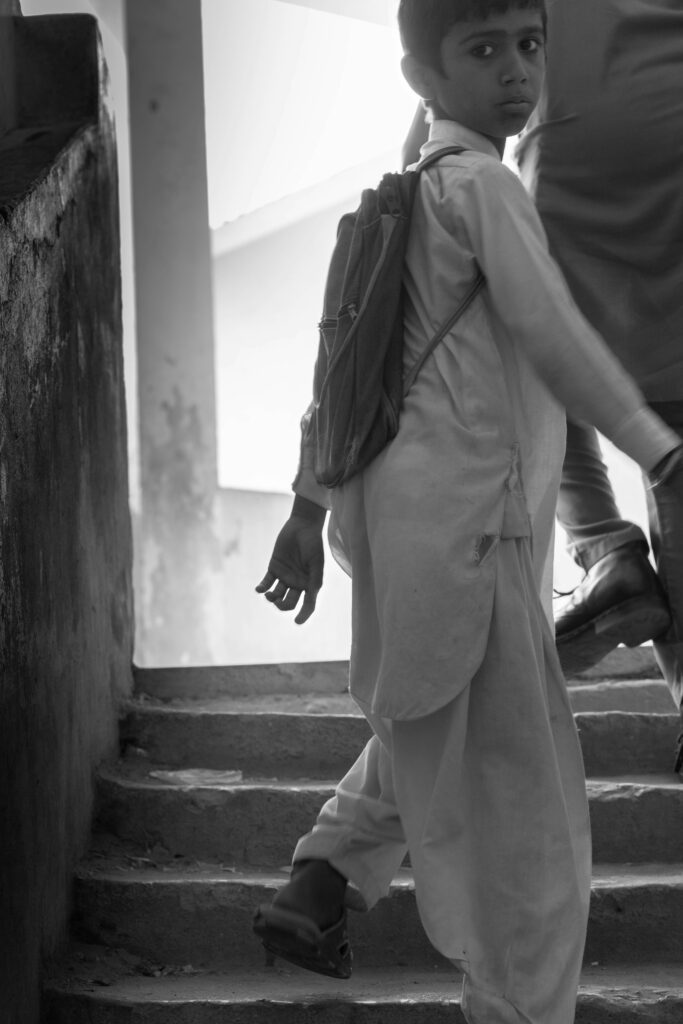
People Also Ask Section
- How can media ethics prevent misinformation?
- What safeguards exist for wrongfully accused individuals?
- What lessons does this case teach about prejudice?
A Legacy of Resilience
This story is not just about a teacher whose life was abruptly cut short; it’s about a society being called to examine its values, biases, and responsibilities. By understanding stories like these, we can drive meaningful change.
Share this article to amplify the conversation and honor the memory of a man who truly made a difference.

